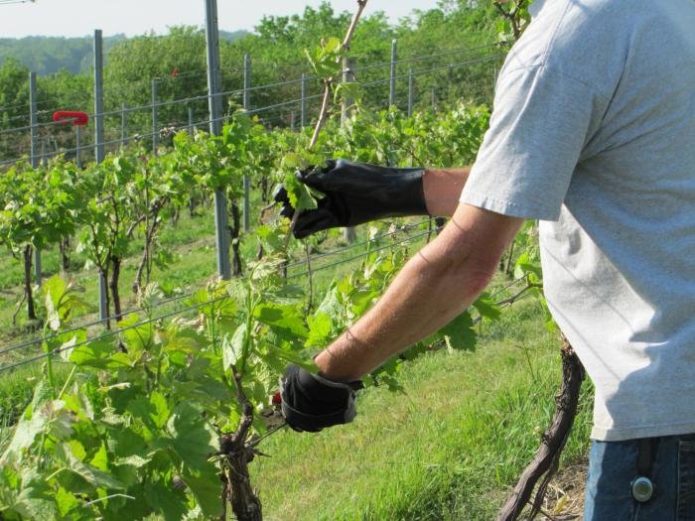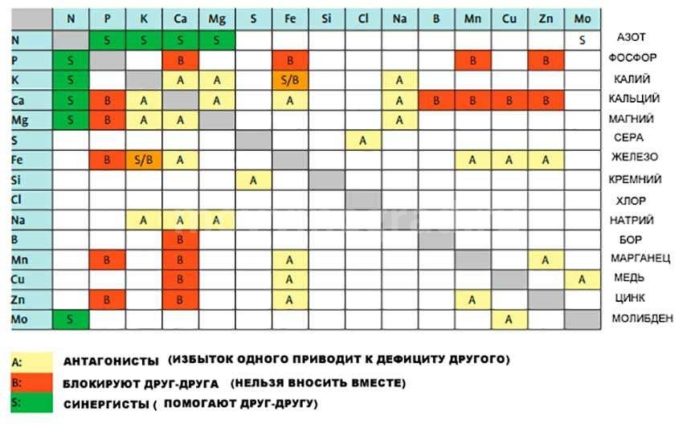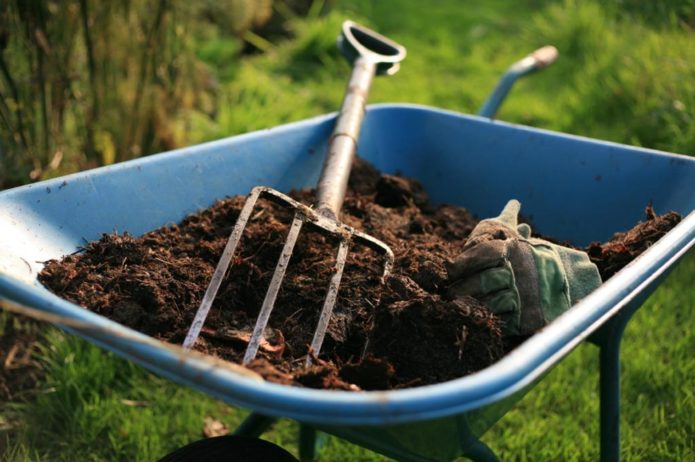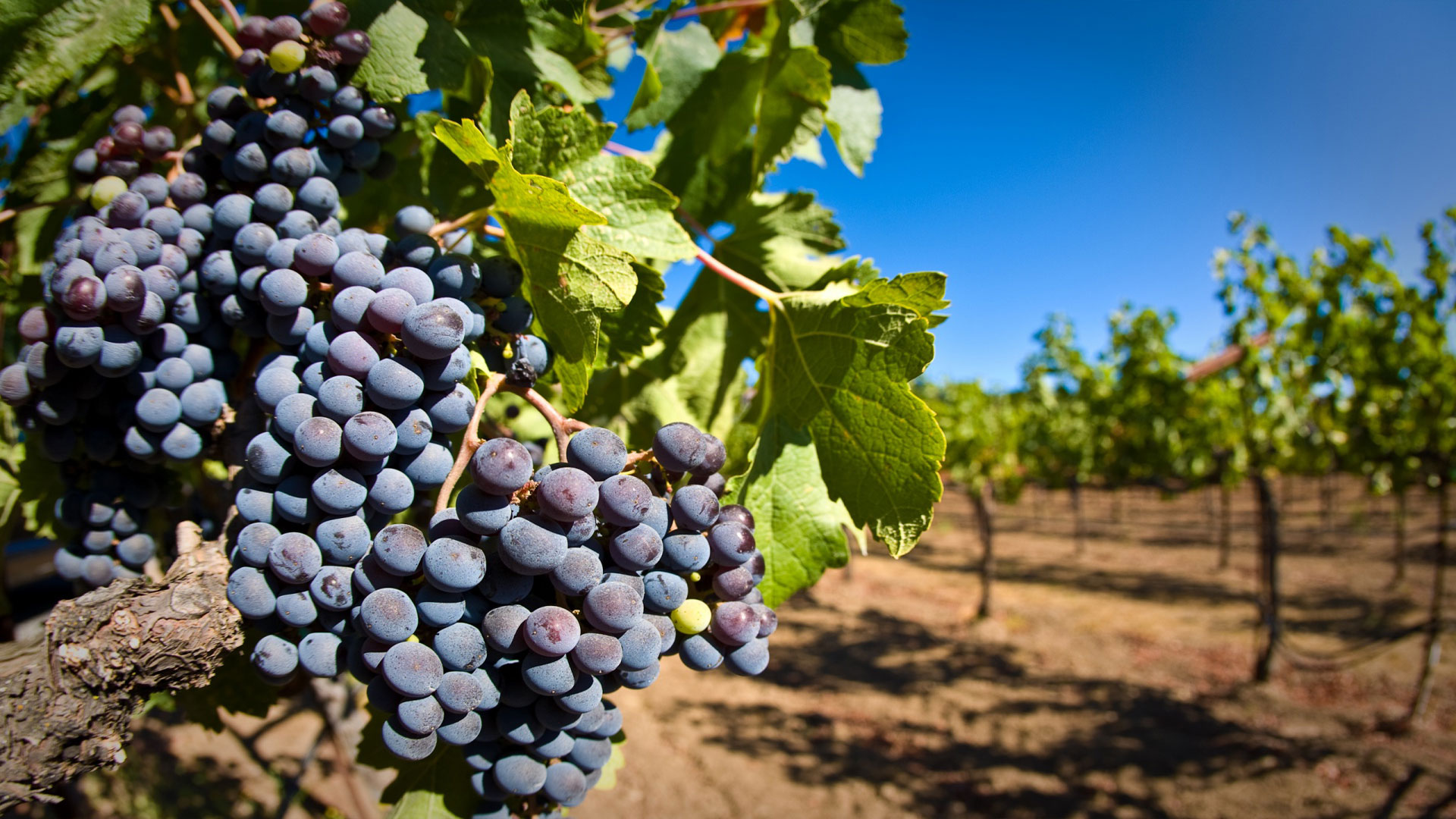With the onset of autumn, the vineyard is approaching the end of the active growing season. Top dressing of grapes in autumn allows fruit-bearing bushes to recover, replenish mineral reserves and prepare for a long winter. A sufficient amount of nutrients ensures high yields of grapes in the next season.
Content
What does autumn feeding of grapes give
A good overwintering and the correct reaction to temperature changes in winter directly depend on the availability of the necessary supply of nutrients and trace elements in the culture.
Advantages of autumn feeding:
- the abundance of melt water by the beginning of the next season provides the bushes with adequate nutrition;
- the growing season starts on time and is very successful;
- additional loosening of the soil during the application of fertilizers has a positive effect on the development of the plant's root system;
- there is an improvement in soil air permeability and a sharp decrease in the risk of developing diseases or pathogenic microflora in the backyard.
The main advantage of the autumn feeding of grapes is that the berry culture has time to prepare for winter, and the fertilizers applied are completely dissolved and well absorbed into the soil layers.
It is important to remember that excessive fertilization is more harmful for the vineyard than lack of nutrition.
Features of fertilization of young and old grapes
During the growing season, young bushes are able to grow a significant aboveground part, so the plant requires an increased amount of nutrition. The enrichment of the nutrient composition of the soil provides the bushes with the strength to recover from abundant summer fruiting. In autumn, old plants that have ceased to bear fruit are not only necessarily fed, but also grafted, which contributes to an increase in productivity and improves the quality of the future harvest.
Terms by region and frequency of feeding
Autumn top dressing of the vineyard in winter is justified only if the timing of fertilization is observed, but by and large the timing of fertilization depends on the variety and weather conditions, which vary every year:
- feeding grapes of a late ripening variety falls on the first autumn decade (from early September to mid-October);
- application of fertilizers for early ripening varieties in August-September minimizes the risk of damage to the LMR berry crop and other fungal pathogens;
- after harvesting, grape bushes are fed with potash fertilizers, which significantly increases the winter hardiness of plants;
- feeding is carried out immediately before autumn pruning, in dry and calm weather;
- in the northern regions, fertilizers are applied in August; in the Central Federal District, it is recommended to feed the vineyard in September, and in the southern regions no later than mid-October;
- large-scale autumn feeding is carried out annually only on sandy soils.
- sandy loam soils are fed after a year, and on clay soils, vineyards should be fed every three years.
It is very important to take into account the compatibility of different types of fertilizers applied in autumn under the fertile bushes. Some nutrients are not absorbed by the berry crop when applied simultaneously.
Fertilizer compatibility chart
Once every three years in the fall, the vineyard must be fed using manure, ordinary wood ash, ammonium sulfate and superphosphate. Such a composition is evenly distributed over the surface of the soil, after which a deep digging is performed, and all lime complexes are applied every 3-4 years.
Types of fertilizers, their correct preparation and application
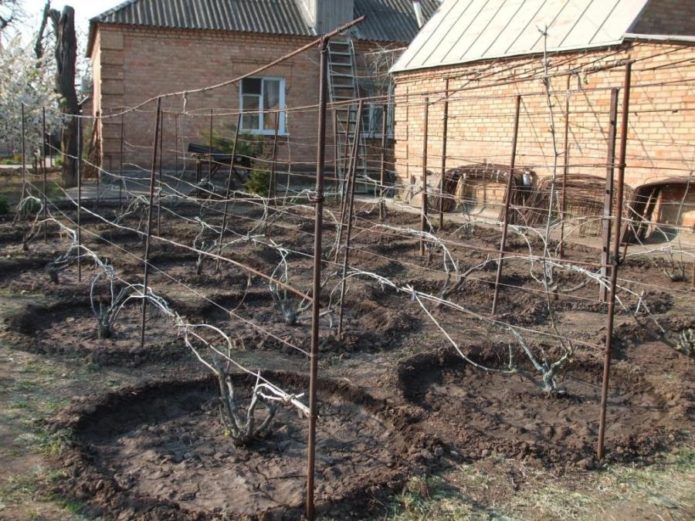
For autumn feeding of grapes, regardless of the chosen fertilizer, you should always make depressions
Before carrying out the autumn feeding, it is necessary to pay increased attention to the state of the berry culture and its age characteristics, as well as the composition of the soil. The correct choice of the type of fertilizer depends on this. The fastest possible access of nutrition to the root system is provided by irrigation, and the gradual slow dissolution of fertilizers involves the use of a well method with a filling of the composition to a depth of at least a quarter of a meter.
Organic food
Organics are more quickly and easily absorbed by the berry culture, so many growers prefer this type of fertilizer.
Rules and frequency of top dressing
| Fertilizer name | Operating principle | Number of dressings / norms and method of application |
| Bird droppings | Valuable organic fertilizer - contains nitrogen, phosphorus, potassium and magnesium, therefore it effectively restores the nutritional value of the soil, acts similarly to a complex ready-made fertilizer and can replace expensive purchased formulations | Once / A couple of weeks before feeding 1 liter of litter is diluted with 4 liters of water. 10 liters of water are added per day. 500 g of solution is poured under the bush |
| Wood ash | It is a source of potassium, calcium, magnesium and sodium, perfect for nourishing acidic or neutral soil, accelerates the process of preparing a berry plant for the period of winter dormancy | Once / 300 g of wood ash is diluted in 10 liters of water, infused for 3-4 days and watered in the furrows around the stem of the berry bush |
| Cattle manure | Improves the structural characteristics of the soil, makes the soil water-absorbing and breathable, activates the reproduction of beneficial microflora | Once / Horse and sheep manure is used on loam and other heavy soils, while cow and pig manure is applied to sandy soils |
| Yeast | Effectively and quickly regulate the state of beneficial microflora in the soil | Twice with a two-week interval / 100 g of yeast is diluted in a bucket of warm water and infused for a day. Consumption is 2 liters per plant |
| Copper sulfate | The drug has a pronounced fungicidal and biocidal effect | Once / Apply every 3-5 years at the rate of 1 g per adult grape bush |
Mineral fertilizers
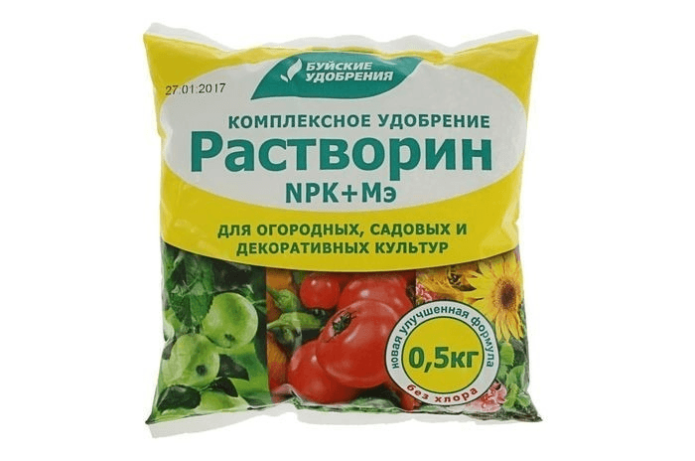
It is convenient to use in autumn preparations for plants containing a complex of nutrients: "Solution", "Kemira", "Florovit"
The use of ready-made mineral complexes intended for autumn nutrition helps to provide the vineyards with the necessary nutrients. Mineral substances in an easily accessible form form the plant's immunity, have a positive effect on its winter hardiness.
Fertilization rules and frequency
| Fertilizer name | Operating principle | Number of dressings / norms and method of application |
| Phosphorite flour | Natural mineral fertilizer, effective on acidic soils, helps to develop the root system and activates the growth of the ground part | Once. Introduced to a depth of 20–25 cm at the rate of 200–300 g per sq. m |
| Powdered and granular double or regular superphosphate | The composition does not provoke the growth of green mass, improves winter hardiness, provides abundant flowering and active fruit setting in the next season | Once. 20 Art. l. 3 liters of boiling water are poured, after which 150 ml of the base mixture is diluted in 10 liters of cold water. Consumption is ½ bucket per bush |
| Potassium phosphate composition | Accelerates the ripening of shoots before the onset of frost, helps the plant to overwinter | Once. To a depth of 20-25 cm at the rate of 20-30 g of potassium sulfate and 30-40 g of superphosphate |
| Azofoska (nitroammofoska) | Same action as powder or regular superphosphate | Once. Dry scattered under bushes at the rate of 50-60 g per plant |
| Nitrophoska | Complex fertilizer based on NPK-complex, easily assimilated by plants | Once. 2 tbsp. l. fertilizer for 1 bucket of water, applied at the root |
| Bishal | An affordable foliar application that promotes plant growth and winter preparation | Twice a season at intervals of two weeks. Foliar dressing is carried out with a solution based on 150 ml per 10 l of water |
| Novofert | Water-soluble fertilizer that promotes plant adaptation to adverse external factors | Once. Top dressing by leaves or under the root is carried out at the rate of 10 g of the drug per bucket of water |
Video: how to properly feed grapes
Reviews of summer residents about options for feeding grapes in autumn
Grapes need humus, but be careful with mineral fertilizers. Grapes are not potatoes or tomatoes.
If, when planting a seedling, you filled the soil well, then root dressing is not needed in the first 3 years.
In the first decade of September, I carry out foliar treatment to accelerate the ripening of the vine. This year I got Buiskiy Potassium Monophosphate, ideal. And in October - at the root of superphosphate. For autumn, that's all.
I’ll tell you how I fertilize grapes, I don’t do any calculation for the removal of nutrients - everything is by sight, in the fall I give superphosphate to the shafts around the stem, in the spring I fill two 200 liter barrels in one chicken infusion.
On small vineyards, it is advisable to use the so-called green dressing. For this purpose, vetch, oats, peas or lupine are sown next to the berry bushes after harvesting. Before the formation of seeds, the seedlings that have grown before the winter cold snap are carefully dug up, which makes the soil looser and more nutritious, and also ensures high crop yields in the next season.
